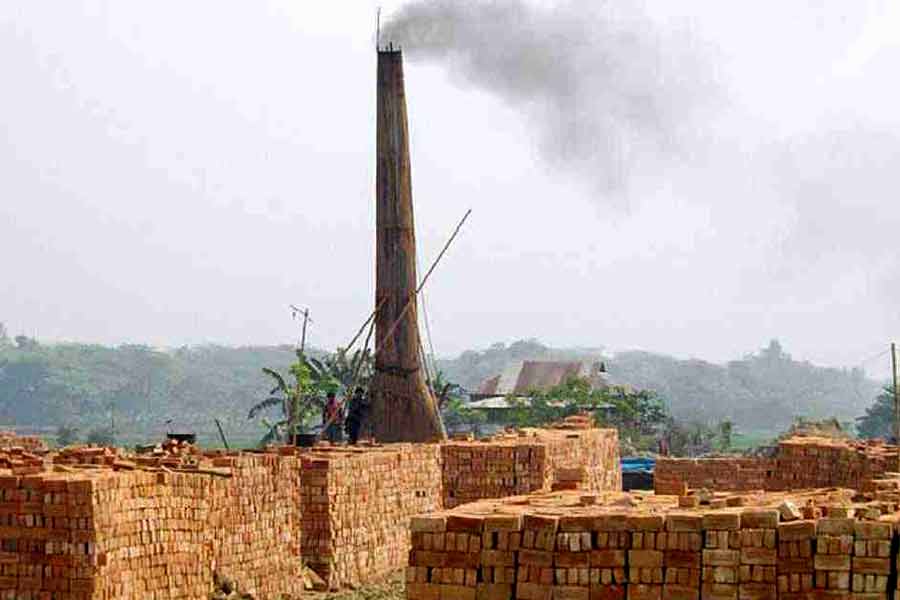
Published :
Updated :

That operation of brick kilns in most cases has remained not only non-compliant but also illegal has been confirmed by the Anti-Corruption Commission's (ACC's) annual report, 2022. The majority of the kilns illegally use firewood as their fuel for baking bricks and many of those are set up in areas which have been made off limit to such blast-furnace by law. This is, however, not all the malpractices that brick manufacturers use in their trade. Taking advantage of the loopholes in the Brick Manufacturing and Brick Kilns Establishment (Control) Act, 2013 and the Bangladesh Environment Conservation (Amendment) Act, 2010, some owners even take recourse to deception in misrepresenting their brick manufacturing units as factories for production of concrete or compressed blocks. Clearly, the ACC report on brick kilns conforms to the disclosure the minister of environment, forests and climate change made recently that only 41.2 per cent of kilns are running legally while the rest 58.8 per cent are operating illegally.
What all this shows is that the problem is known to the authorities concerned but there is no effective action to bring order in this vital area of construction. The need was to ban brick making within a reasonable time frame in order to save the country's fertile agricultural land ---its top soil in particular, hills, ponds, pastures, fallow lands and above all the environment. Until June, 2022, there were 7,881 brick kilns on official count. Most likely, there are brick kilns in unlikely places, on which at times the newspapers report and hence the figure could be higher. One of the reasons for the world's worst air quality in the capital and deterioration in the same in other places in the country is certainly the rampant burning of firewood in brick kilns. If the illegally operating brick kilns are more than 4,000 and those along with the kilns posing as factories for producing concrete blocks use firewood and coal as fuel, the combined annual emission of particulate matter (PM), carbon dioxide, carbon monoxide, nitrogen oxide, nitric oxide and sulfur oxide should be enough to poison this small country's environment and agricultural land which in turn has serious impact on human health and livelihoods.
Now the billion dollar question is, why and how this can happen when the authorities and the operators all know of the malpractice and the irreparable damage caused to the environment, agriculture and health. In its observation, the ACC accuses the inspection teams point blank that they avoid mentioning irregularities in the operation of brick kilns in exchange for bribe money. Also, the Department of Environment (DoE) has neither the manpower nor the logistics and fund to monitor and enforce laws.
The fact is that the teams in charge of inspection are abusing their authorities for personal financial gains. This means the virus is in the antidote. That it would be any different if the DoE were empowered may also prove illusive unless a crash programme is undertaken to demolish all the illegal brick kilns and the owners of the units are encouraged to manufacture concrete blocks. This has to be done in the interest of the land and its people.


 For all latest news, follow The Financial Express Google News channel.
For all latest news, follow The Financial Express Google News channel.